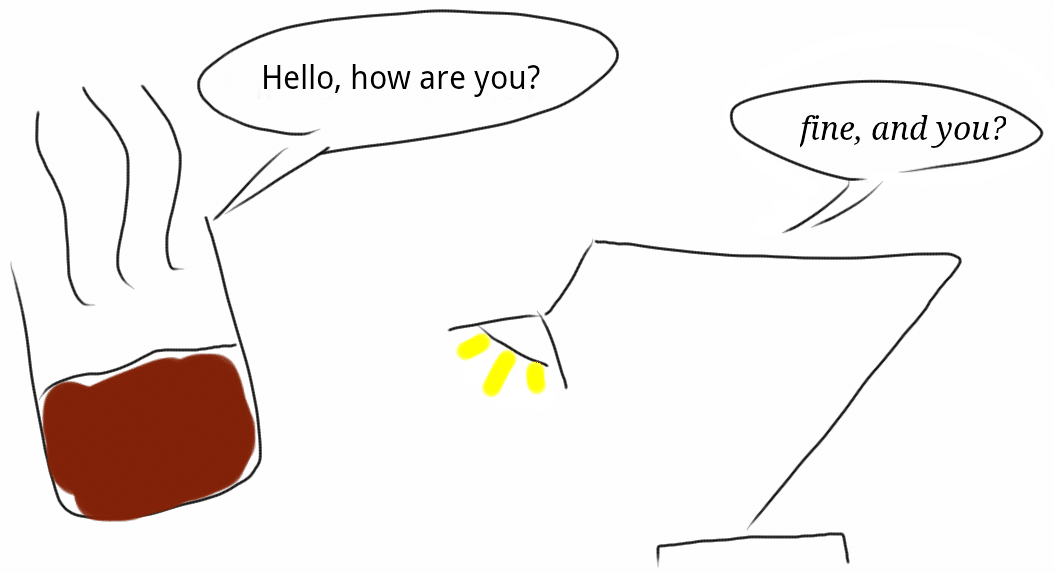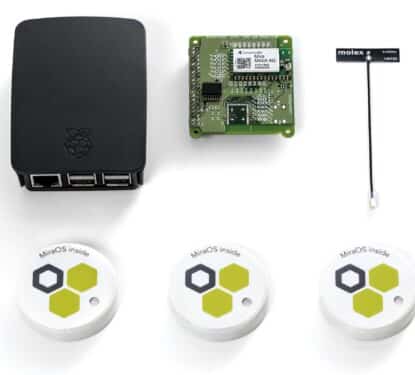A major factor that will determine growth of lighting controls and BIoT over the next 7 years will depend upon the level of penetration achieved in opening up the retrofit market, which has seen little growth over the last 15 years and still only accounts for 10% of the total lighting controls business. Wireless technology can open up this market and bring down the installation cost and significantly improve the ROI to meet the building owner’s requirements. But sadly our figures show that it has so far failed to achieve much penetration - http://memoori.com/portfolio/smart-buildings-wireless-lighting-controls-2014-to-2018/

The main barrier that is stalling the application of wireless for lighting controls is that building owners and their consultants are only just beginning to accept that wireless could deliver a robust solution and they still have to be convinced that the installers / system integrators are up to delivering it. They will install wireless when wired systems are not practical to install but are dubious about using it for the control platform and extending it to include other building services. More targeted information and awareness about the availability and performance of the latest developments in wireless technology could help to overcome this resistance.
But clearly it needs an influx of new innovative players from across the electronics and semiconductor industry and strengthening of the routes to market to ensure that this barrier is rapidly overcome so that wireless technology can be scaled up and made more robust and energy efficient.
Major lighting companies have not been particularly successful in developing bus based network technology controls even after numerous acquisitions of innovative new entrants, and thus the lighting controls business is still a relatively independent but rather fragmented. To ensure their hold on the LED market in which they have invested billions of dollars they are working on new business models to provide total LED lighting solutions and we expect to see strategic alliances being formed with wireless controls companies and OEM manufacturers of IP based end-to-end wireless chips solutions. This will make connected devices easier to develop, faster to get to market and simpler to set-up and install. Such solutions will enable a whole new set of lighting controls suppliers to deliver a new class of Internet connected products for the connected building.
Gainspan, a spin-off of Intel, is a good example of the type of company that has designed and marketed Wi-Fi chips, modules and solutions to connect traditionally non-connected devices to smart phones and are now expanding their portfolio to offer wireless solutions to connect “Things” to the Internet and see lighting and the Building Internet of Things (BIoT) as an application market that offers growth opportunity that they can succeed in.
Until we have effective wireless controls the BIoT cannot be realized and the consequences of this are much more detrimental. These network platforms will place huge demands on nodes and the network infrastructure, creating significant engineering challenges and the need to look at the total end-to-end network solutions. A comprehensive understanding of the scale of the data capture devices and the diverse locations transmitting information to the supervisory and analytical software and Big Data needs to be satisfied. A single solution will not be able to service the vast array of sensor types and network characteristics, while at the same time also achieve optimal performance and use of resources to meet the needs of all stakeholders.
BIoT is now recognized by major real estate and building owners as a technically and financially attractive solution, not least because it lays the foundation for the long term viability and future for buildings and this is where it will be first exploited. But today it is some way off being a viable technical and commercially proposition and wireless technology will be the arbiter of its success.



